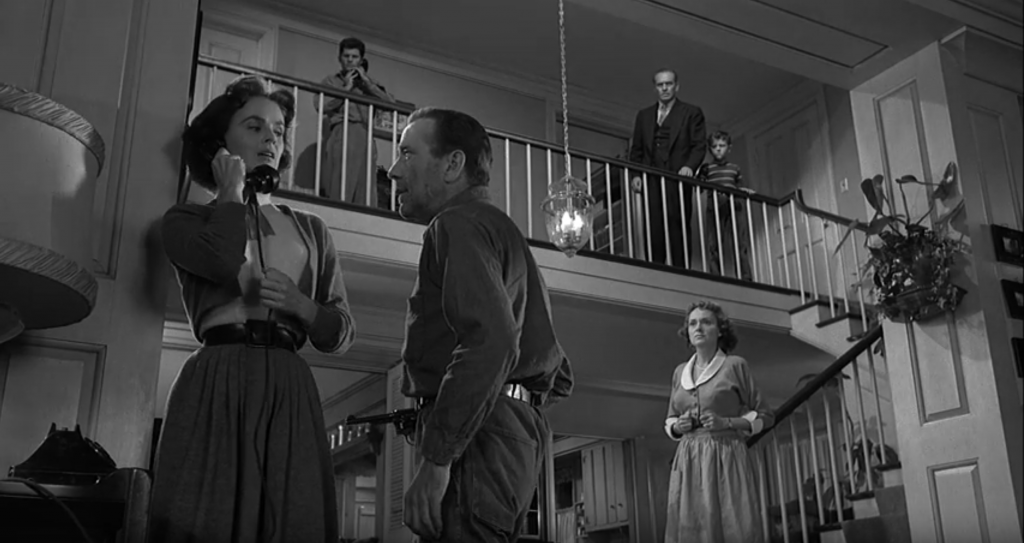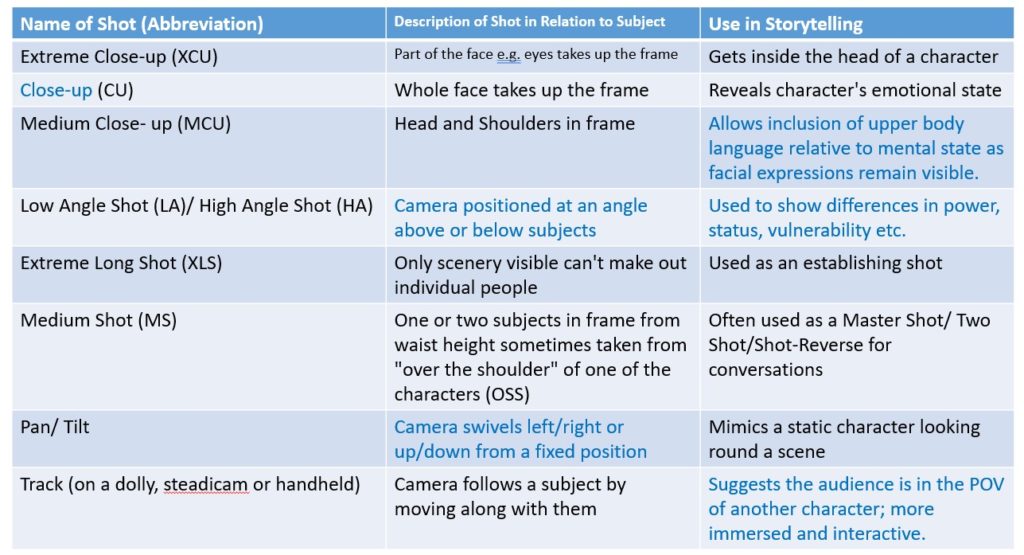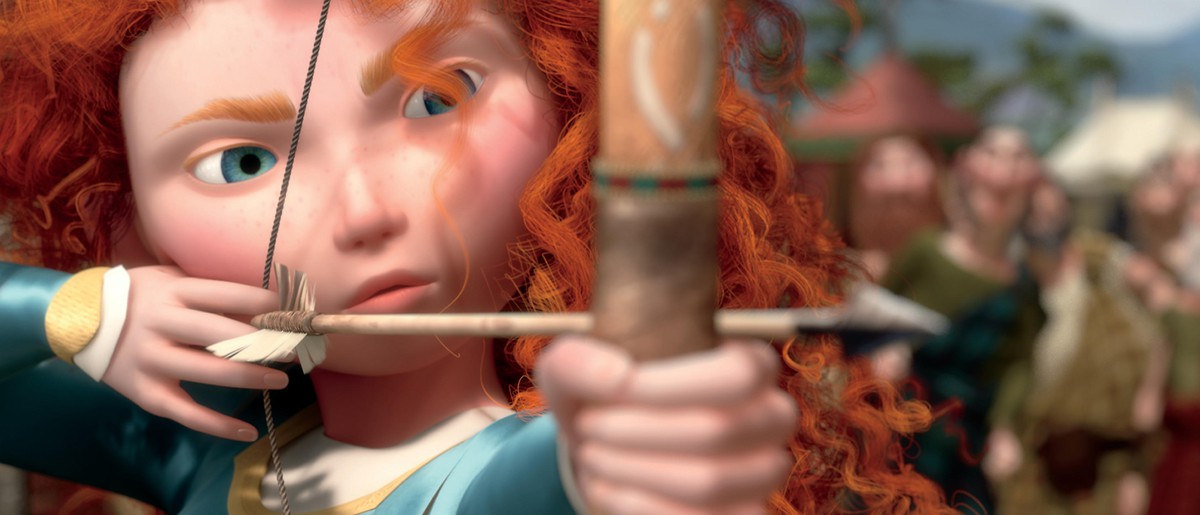
Whiplash: first response


‘dictionary.com’ defines ‘edit’ as “to prepare (motion-picture film, video, or magnetic tape) by deleting, arranging, and splicing, by synchronizing the sound record with the film, etc.”
ONE POINT PERSPECTIVE:
One-point perspective is a way of crafting cinematic shots with near-perfect symmetry. The composition of these shots draws the viewer’s eye to a specific focal point within the frame, absorbing them into the dimension of the shot and manipulating the experience by telling them exactly where to look (‘Filmmaker’s handbook via the-take.com)

SYMMETRY:
the quality of being made up of exactly similar parts facing each other or around an axis (google definition via Oxford Languages)

DEEP FOCUS:
Deep focus is a photographic and cinematographic technique using a large depth of field (wikipedia definition)

STEADICAM TRACKING SHOTS:
A Steadicam shot uses a Steadicam, which is a camera stabilizer that combines the stability of a tripod, flexibility of a handheld camera, and the movement capability of a dolly. Steadicams absorb shake by mechanically isolating the operator’s movement as to always produce smooth tracking shots. A Steadicam Operator wears a vest that is attached to the camera rig. This makes the camera nearly weightless and easily controllable. It can get these smooth shots in any direction — around corners, up and down stairways, and even on bumpy roads (studio binder definition)


PAN (LEFT/RIGHT):
WIKIPEDIA – ‘In cinematography and photography panning means swivelling a still or video camera horizontally from a fixed position. This motion is similar to the motion of a person when they turn their head on their neck from left to right.’
TRACK (OUT/IN):
MASTERCLASS.COM – ‘In cinematography, a tracking shot is any shot in which the camera physically moves sideways, forward, or backward through the scene. Tracking shots usually last longer than other shots, follow one or more moving subjects, and immerse the audience in a particular setting’
DOLLYING VS TRUCKING:
MASTERCLASS.COM – ‘Two common types of tracking shots are dollying and trucking. A dolly shot is when the camera is moved forward or backward along a track. A truck shot is when the camera is moved left or right.’
CRAB (LEFT/RIGHT):
WWW.MEDIACOLLEGE.COM – ‘The term crabbing shot is a less-common version of tracking, trucking and/or dollying. These terms are more or less interchangeable, although dollying tends to mean in-and-out movement whereas the others tend to mean side-to-side movement at a constant distance from the action.’
ZOOM OUT/IN (LENS):
STUDIOBINDER.COM – ‘A zoom shot is when the focal length of a camera lens is adjusted to give the illusion of moving closer or further away from the subject. Zoom shots are done with a zoom lens, which have variable focal lengths. The most typical camera zoom types are the “zoom in” and “zoom out,” but it can also be combined with a dolly shot to create a “dolly zoom.” ‘
PED (UP/DOWN):
OXFORDREFERENCE.COM – ‘In film and video, a track where the camera moves in a vertical direction (along the y-axis). Ped-up and ped-down shots involve motion parallax which creates a feeling of depth, as the relative occlusion of foreground and background elements dynamically changes in the frame‘
TILT (UP/DOWN):
STUDIOBINDER.COM – ‘A tilt shot is shot that uses a cinematographic technique called tilting in which the camera stays fixed but rotates up and down on a vertical plane. Tilting is similar to the motion of an individual raising or lowering their heads. This is different than the panning of a camera which also sits on a fixed but moves left to right. Equipment like a tilt-shift lens enables this vertical camera motion.‘
LOW:
EYE-LEVEL:

HIGH:
WORM’S EYE:

CANTED/DUTCH:

BIRD’S EYE:
Activity: give an example of each shot distance from a film you have watched and explain the effect on the viewer.
Big or Extreme Close Up (BCU/ECU)
Close Up (CU)

Medium Close Up (MCU)

Medium or Mid Shot (MS)

Medium Long Shot (MLS)

Long Shot(LS)

Panoramic Shot

(WRITTEN ELEMENTS NOT FROM SOURCES…. FROM ME?)
| Film | Preference /10 | Memorable Scene | Film Element Focus |
| Whiplash (Damien Chazelle, 2014) | 8/10 | Neiman’s practice scene | Editing |

| FILM | PREFERENCE /10 | MEMORABLE SCENE | FILM ELEMENT FOCUS |
| Whiplash (Damien Chazelle, 2014) | 10/10 | Neiman’s final drum solo | Editing |
